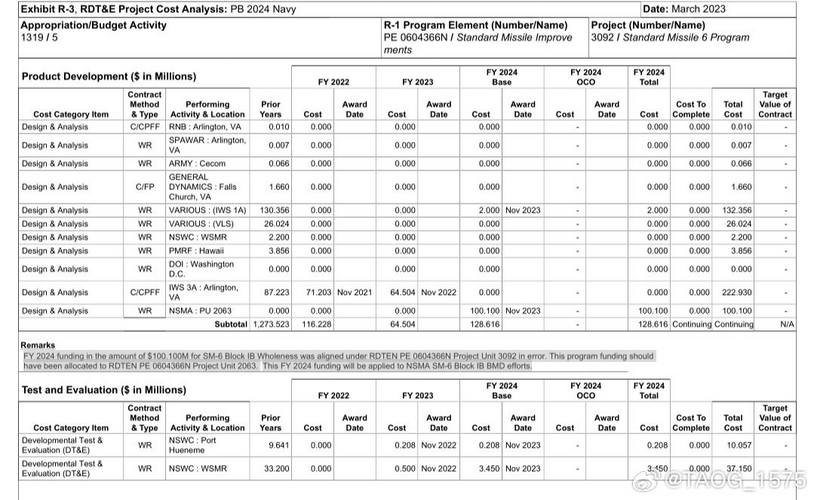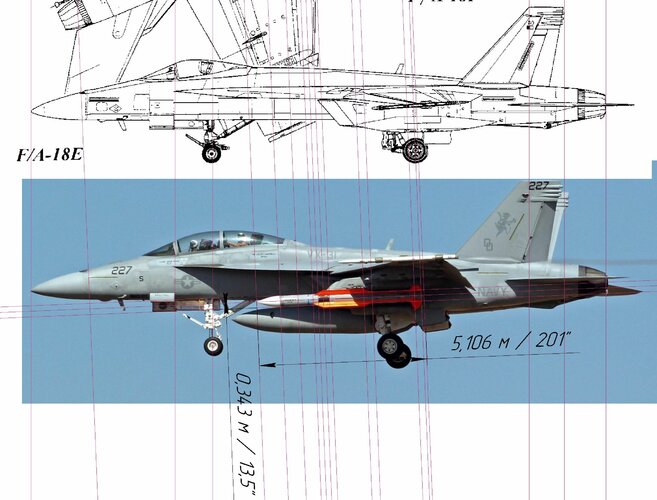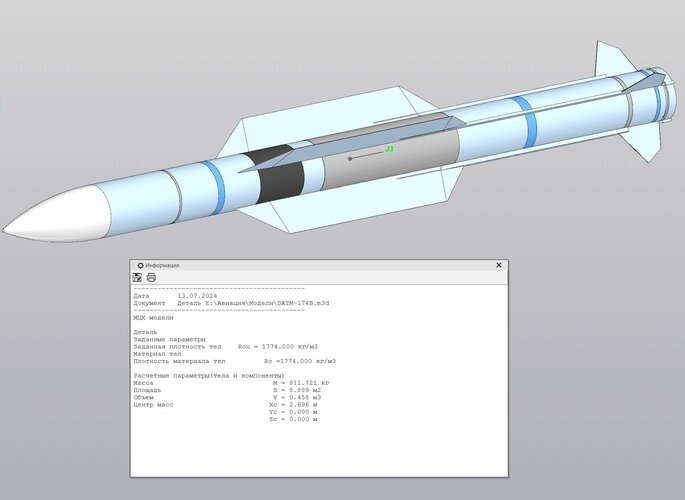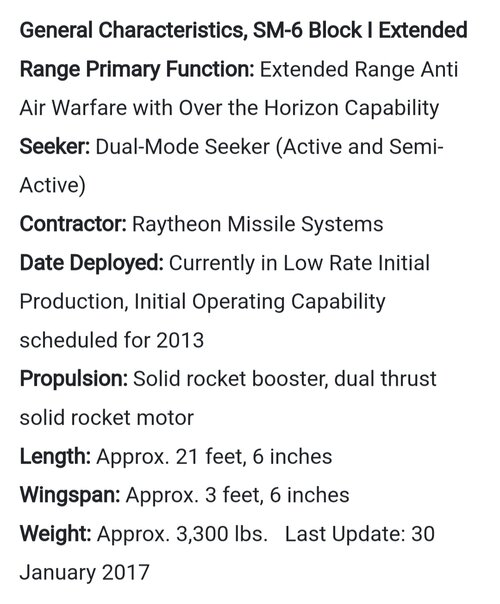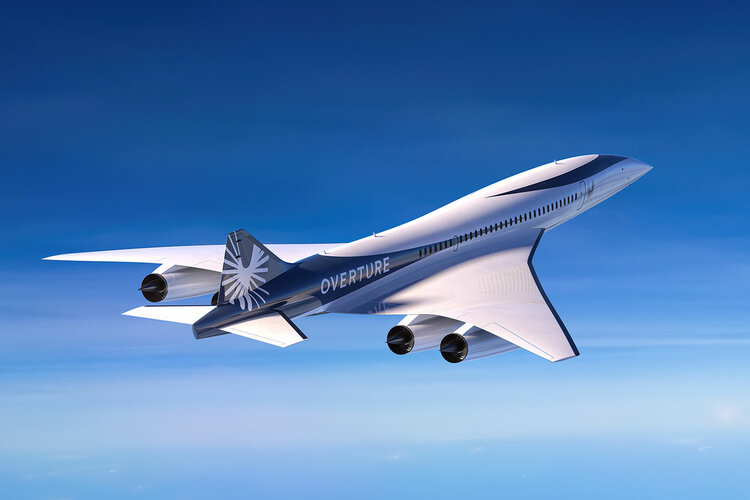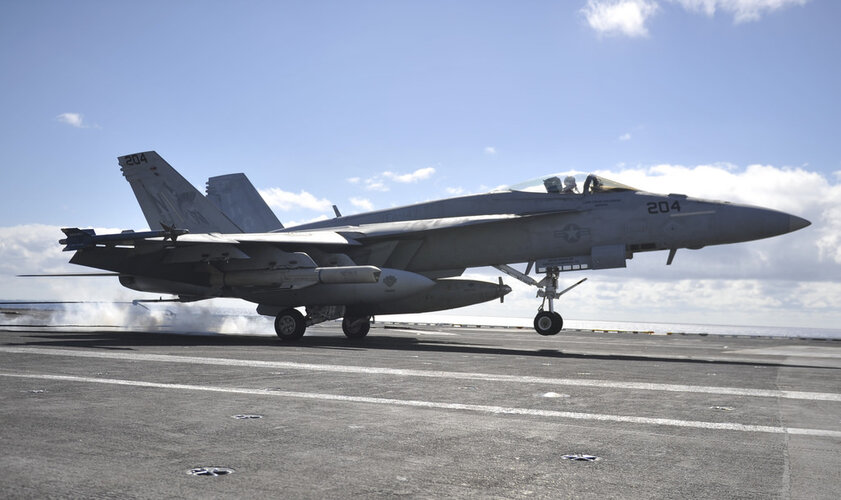One thing i have been wondering lately about the F/A-18E/F + AIM-174 combo is if the Super Bug will even be able to go supersonic when carrying those missiles. The AIM-174 is very heavy and will add a lot of drag to an already draggy (and slowish) airplane. I had a look at the F/A-18E/F NATOPS manual and according to a flight performances chart, when carrying a meaningful loadout of 5x AIM-120 and 2x AIM-9 + a FLIR pod and an external fuel tank, the SH struggles to reach Mach 1.2 and can only do it above 30K feet... This raises questions about how carrying AIM-174s will affect its flight performances.
One thing is certain is that the SH with its weak transonic performances and barely passable range is a suboptimal platform for the long-range intercept mission. It is just not something it was designed to do. I get that the Navy doesnt have much choices due to the decisions of the past 30+ years and is making the best of a bad situation since, for better or worse, they are stuck with the SH but F/A-XX cant come soon enough.

